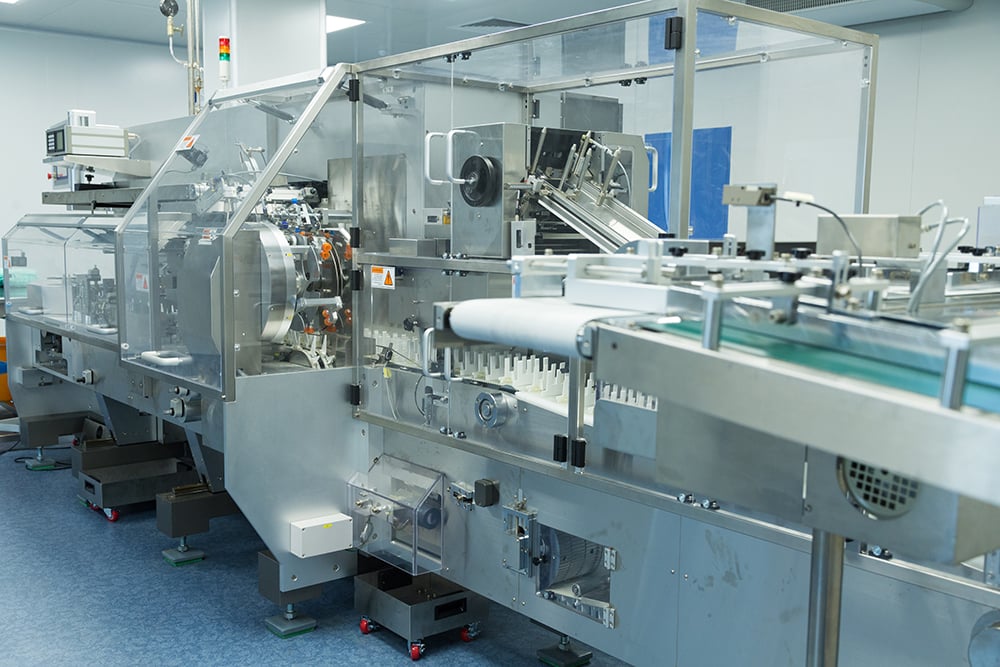
Whether you're a business owner, investor, or lending institution, it's important to understand the current value of the machinery and equipment involved with a transaction you're contemplating. It's also vital to look ahead and estimate the future value of these capital assets so you can manage risk and leverage equity that will come into play down the line.
If you are not comfortable estimating these values on your own or if the proposed deal calls for an independent third-party valuation, it's time to contact an equipment appraiser who can provide an accredited report that will document this for you.
From the business owner's perspective, you might have an immediate need to purchase new or used equipment for a large 5-year construction or manufacturing project that requires a sizable cash outlay to handle the additional production capacity. You look to buy at a reasonable price point, but just as importantly, you will want to factor in the resale value and future benefit of ownership as part of the budget. For example, suppose the initial investment into the project is $2,000,000, and you estimate the future value of the machinery in five years at $500,000. In that case, this will offset the short-term capital outlay and greatly increase the profitability of the project once completed. You can then either sell off the additional equipment for immediate gain or determine that integrating the assets into your ongoing operation is more beneficial.
From an investor, lending institution, or leasing company viewpoint, collateral review, and asset management are critical components of your business to manage risk and maximize returns. Financing and leasing companies will look to provide their clients with lower monthly payments by including an unamortized residual amount at the expiration of the deal term. By understanding the future value of the collateralized machinery, you can assess a reasonable residual value that can be realized by selling the equipment back to the existing customer or in the open resale market.
From my experience, banks and leasing companies will conduct an independent appraisal at both Fair Market and Orderly Liquidation Value levels and ask the appraiser to include a future value estimate that matches the loan or lease term. They will then discount those values by a certain percentage they are comfortable with to allow for any unforeseen changes in the market and potentially make additional gains on the resale, thus boosting the profitability of the transaction.
Whatever situation you find yourself in, consider engaging with a qualified, experienced, and credentialed machinery and equipment appraiser who can provide an independent opinion of value that will best support and document future value estimates.





